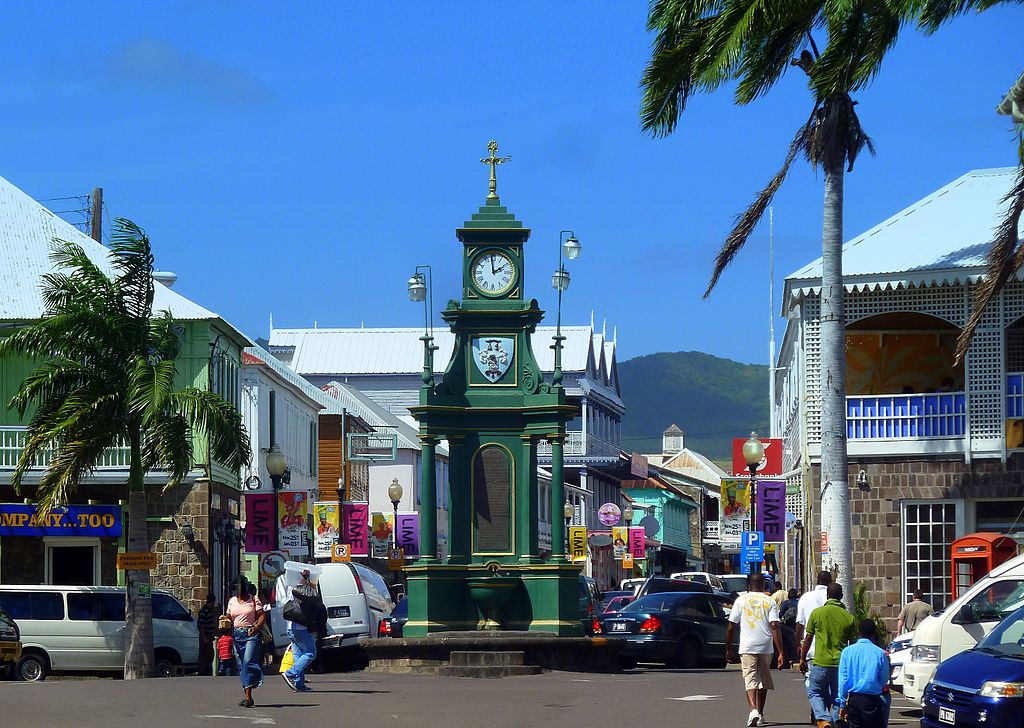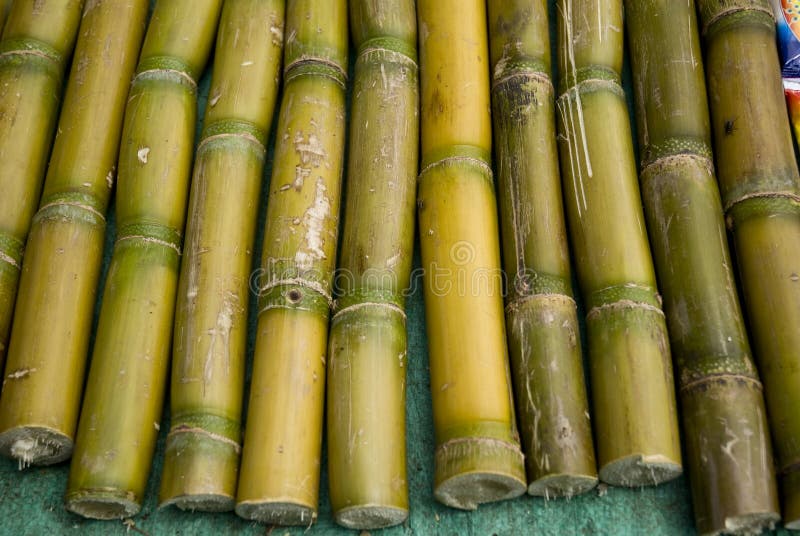A few years ago, I was introduced to the musical Hamilton. I listened to the soundtrack
many, many times in a row. For those who may not fully be aware of it, Hamilton is a hip-hop/sung musical by
Lin-Manuel Miranda about the life of Alexander Hamilton. It’s widely known for
its diverse cast. I have not yet seen it live, but hope I can one day. Anyway,
the musical didn’t expressly say so, but in doing my own research, I found out
that the Caribbean island that Alexander Hamilton was born and raised on was
the island of Nevis (pronounced Nee-vis).
Originally,
the Kalinago Indians living on Saint Kitts called it Liamuiga (“fertile land”),
and the island of Nevis was called Oualie (“land of beautiful waters”). Christopher
Columbus was the first European to spot these islands, and while there’s some
dispute over the exact names and name changes, Saint Kitts is named after a
nickname for Christopher (like Christopher Columbus). Nevis got it name after a
variation of the Spanish name Nuestra Señora de las Nieves (Our Lady of the
Snows—sounds strange considering it’s in the tropics).
Saint
Kitts & Nevis is located in the Caribbean and part of the Leeward Islands.
It’s located west of Antigua and Barbuda, just northwest of the French islands
of Montserrat and Guadeloupe and southeast of the Dutch islands of Sint
Eustatius, Saba, and south of the French island of St Barthélemy, the half
French-half Dutch island of Saint-Martin/Sint Maarten, and the British island
of Anguilla. The islands were created by volcanic activity; central peaks give
way to numerous rivers that provide fresh water for the island. The islands
have a tropical climate with a somewhat dry and cool season from January
through April and a wet and rainy period from June through November.
First
inhabited about 3000BC, the Arawak and Taino Indians moved into the area later.
Christopher Columbus first sighted the islands in 1493, but in the early 1600s,
the British settled in followed by the French. They agreed to divide the island
between the two of them, and both went to bat at exploiting the island for its
natural resources. That didn’t sit well with the natives living there and put
up a resistance against their efforts to either enslave them or endure a forced
relocation at the least. They continued a campaign started by the Spanish of
systematically denying the natives humanity. Finally, the British and French (with
Spanish support) said, “Skip this,” and just went on a killing spree. The Spanish
handed all control over to the other two, who divided and claimed a bunch of
islands in the area; the French eventually giving total control of St. Kitts
over to the British. Because of the sugar trade, St. Kitts was one of Britain’s
richest colonies. St. Kitts, Nevis, and Anguilla were all treated as three
separate states of British colonies, and while in 1967 they all gained
autonomy, only St. Kitts and Nevis gained independence in 1983. This makes it
the newest country in the Americas (and the same age as my sister). Nevis
actually tried to break away in 1998 but didn’t quite have the votes to make it
happen. Not long after, it was ravaged by Hurricane Georges, the worst
hurricane to hit the area in the 20th century.
The
capital Basseterre is located on the island of St. Kitts. Established in 1627,
it’s one of the oldest cities in the Eastern Caribbean. The city is the
financial and governmental center of the country. In fact, Basseterre has grown
to be a financial hub for a lot of the Caribbean communities. It also hosted
the 2007 World Cricket Cup, which was a big deal because it was the smallest
country to hold a World Cup.
Historically,
sugar was the primary economic driver. However, in 2005, their state-owned
sugar factory closed down. Tourism is now the thing they depend on most and
host a large music festival in efforts to attract more people. They also have a
program where large business investors are granted citizenship, assuming they
meet all the requirements and fulfill their end of the deal.
Because
of their history with Britain and France, Christianity (mostly Anglican and
Methodist) is the majority religion in St. Kitts & Nevis. There are a
number of denominations represented, but there are also a smaller number of
non-religious people and other religions found there as well.
In
St. Kitts & Nevis, English is the official language. However, Saint Kitts
Creole is the most widely spoken dialect in the country. Like some other
Caribbean Creoles, this one is an English-based Creole with borrowings from
various African languages and some from French.
Besides
Alexander Hamilton, I was surprised to find a few other famous people with ties
to St. Kitts & Nevis. I came across several as I was researching the
islands who have either one or both parents from there. Mel B (from the Spice
Girls) has a father from the islands. Corinne Bailey Rae’s father was also from
St. Kitts. Both of Cicely Tyson’s parents came from Nevis. Louis Farrakhan’s
mother was also born in the islands. Rupert Crosse was raised by his
grandparents on the island of Nevis. And apparently, there are a ton of famous
people from here who play cricket, if you follow cricket.
Up
next: art and literature








No comments:
Post a Comment